Is this true does any one have real proof
13 Health Problems the Moons on Your Nails Warn You About
If you look at your fingernails, you’ll notice light areas at the base. These are moons, or lunulae. Their change in color, shape, or size can indicate not only the presence of a disease but also the predisposition to it. Such diagnostics help you notice the problem in time and take action.
Bright Side learned how to run diagnostics of your health with the help of lunulae.
When a lunula changes on one finger
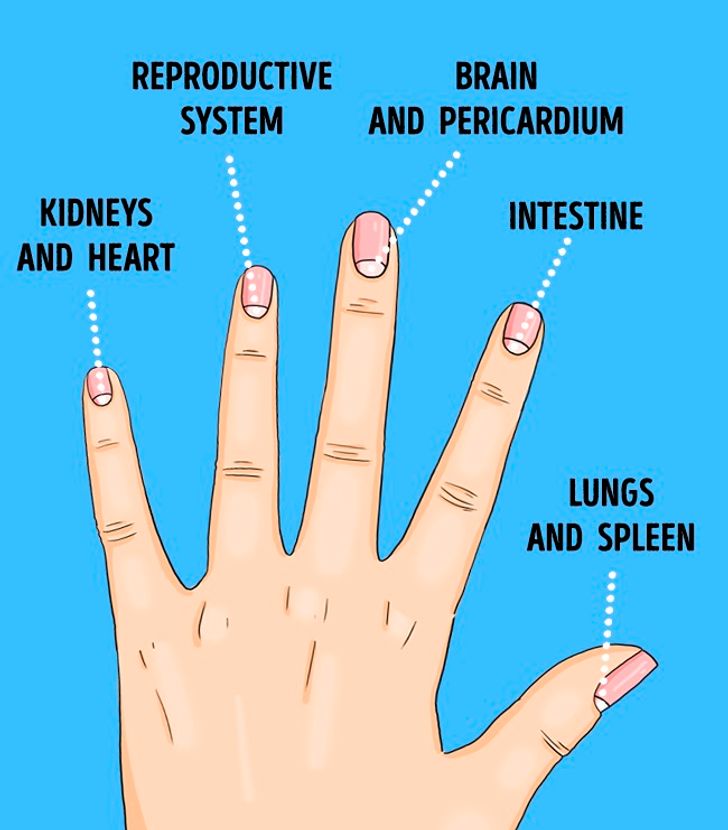
-
A lunula on the little finger, as a rule, should be almost unnoticeable or completely absent. It’s connected with the work of the kidneys, small intestine, and heart. An increased lunula can be a result of high blood pressure.
-
The ring finger is responsible for the work of the reproductive and lymphatic systems. A barely visible lunula can hint at digestion problems.
-
The middle finger is connected with the work of the brain and cardiovascular system. The absence of a lunula can indicate vascular problems and high blood pressure.
-
The index finger lunula can disappear or get considerably smaller because of improper function of the intestine, pancreas, or chronic E.N.T. diseases.
-
The lunula on the thumb reflects the work of the lungs and spleen. It’s the most visible of all and should take up no more than 25% of the whole fingernail. It can get significantly smaller in smokers or bigger when you have arterial hypertension.
Overly large lunulae
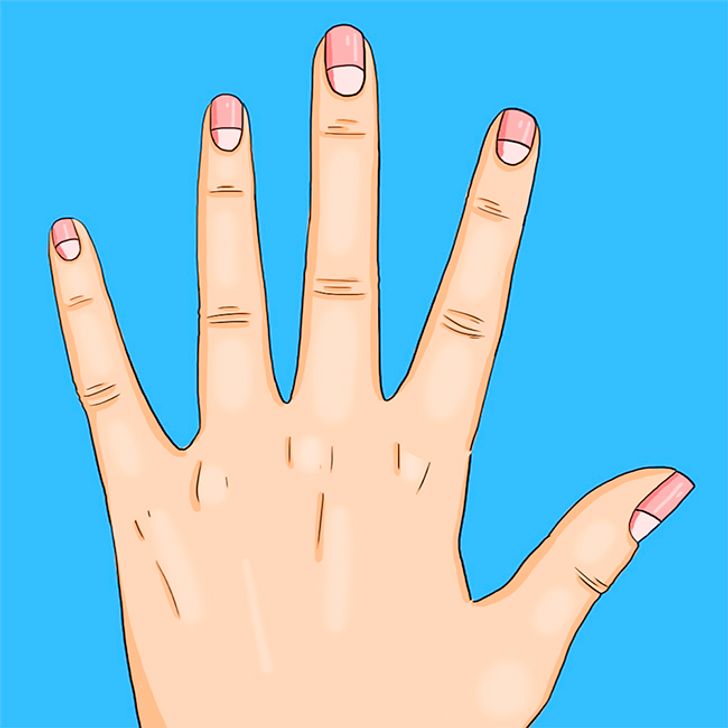
Lunulae are considered large when they occupy a third (or more) of the fingernail. They indicate problems with the cardiovascular system, heartbeat disruption, and low blood pressure.
Large lunulae can be often found in athletes and people whose occupation is connected with physical activity. If a person isn’t involved in sports, enlarged lunulae may appear because of a high level of stress.
Small lunulae
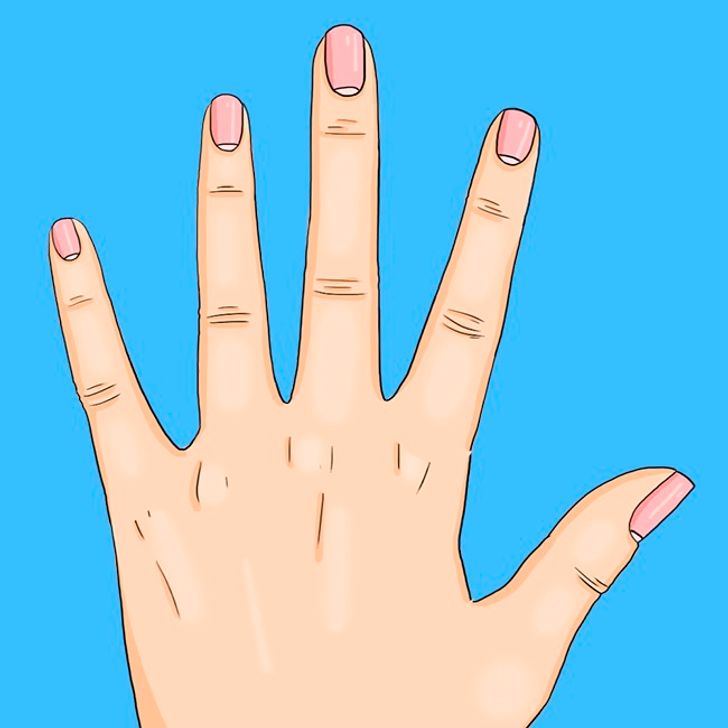
Small lunulae, which can be barely seen behind the cuticle, indicate low blood pressure and circulatory disorders. This can be a sign of a weak immune system, poor metabolism, or lack of iron and B12.
If the lunulae are noticeably separated from the rest of the nail plate with transverse lines, it indicates problems with blood sugar levels and the possible development of diabetes.
Lunulae aren’t visible at all
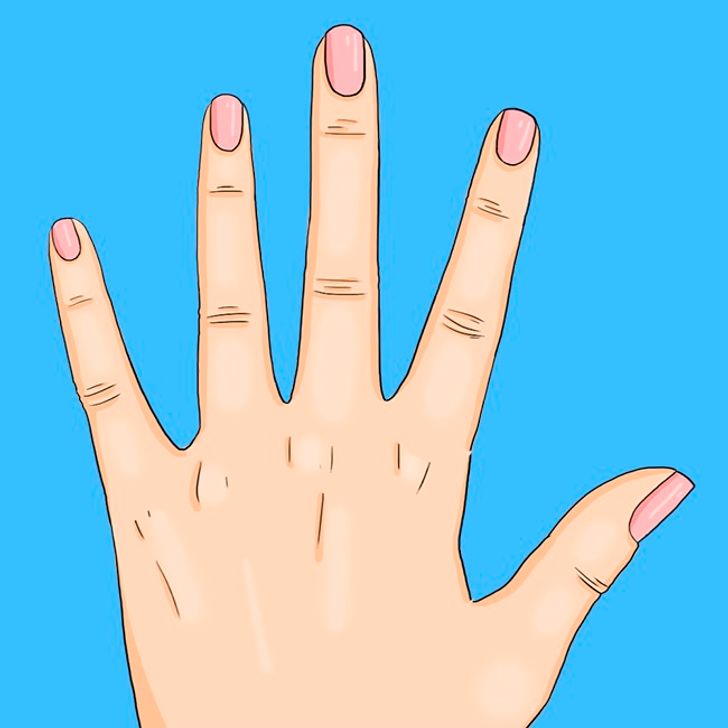
Don’t panic if you haven’t found lunulae on your own or your child’s nails. They’re often not visible on children’s nails and appear over time. In some people, they don’t appear at all due to physiological specificities of the nail structure.
However, a sudden disappearance of lunulae is perceived by modern medicine as one of the symptoms of a circulatory disorder. This study showed that the absence of lunulae is connected with thyroid gland disorders and a deficit of vitamin B12 and iron.
Change in lunulae color
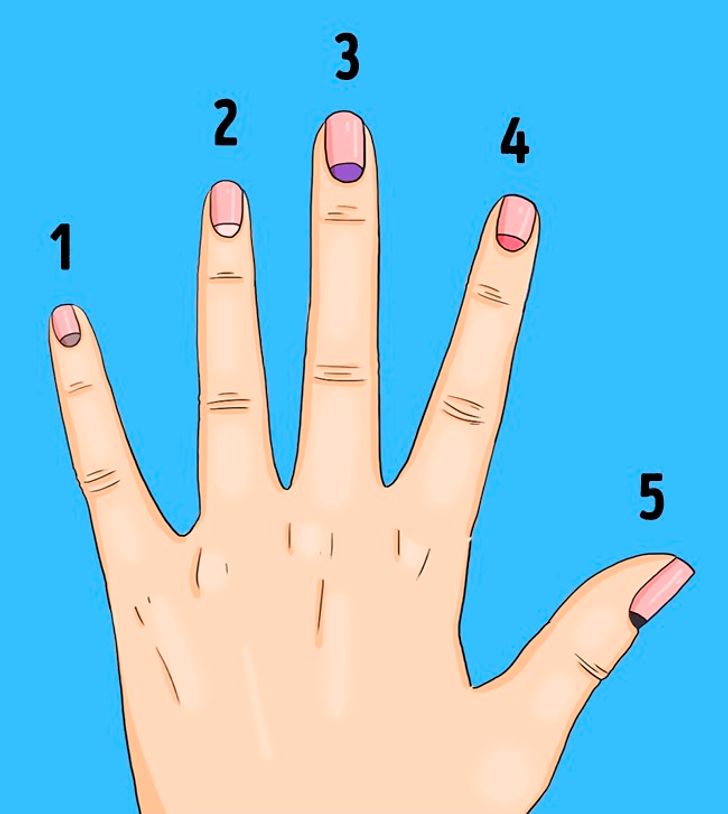
-
Gray lunulae indicate severe fatigue, digestion disorders, and possible difficulties in nutrient absorption.
-
White lunulae are healthy and natural. The moons should be several shades lighter than the skin.
-
Purple lunulae are a sign of poor blood circulation and a lack of oxygen in the organs and tissues. Dizziness and headaches may often occur.
-
Pink (red) lunulae may indicate low physical activity and lung problems.
-
Black lunulae are an uncommon and extremely dangerous sign. As a rule, this is a symptom of heavy metal poisoning.
Comments
Amazing article. Who makes up this crap?
what if it take up 33% of my thumb nail
To the people saying there are no sources, the highlighted blue portions are links to sources. Of which most are highly reliable.
sooo..should I be worried i have no lunulae
Related Reads
6 Surprising Things Your Nail Shape Can Reveal

What Life Looks Like Before and After You Turn 30

15 Users Tell How They Knew They Had Fallen in Love With the Wrong Person

Here Are the 16 Most Beautiful Women in the World in 2023

16 Amazing Things From Japan That Should Be Everywhere on Earth

15+ Pics That Prove Nobody Can Make Us Laugh Like Children

18 Photos That Perfectly Answer the “What Happens If...” Question
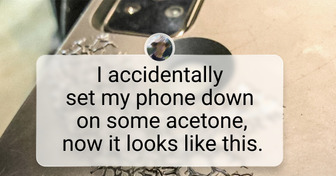
10 Realistic Comics on How Hard It Is to Be a Girl in the Summertime

“Screams Desperation,” Nicole Kidman, 56, Stuns in a Risqué Dress, But People Say It’s Not Age-Appropriate

9 Dangerous Fashion and Beauty Trends That People Used to Follow

How a Reality Star Who Weighed 845 Pounds Documented His Journey and Inspired Thousands of People

What the 3-Second Rule Is That Korean Women Swear by and How It Can Transform Your Skin
